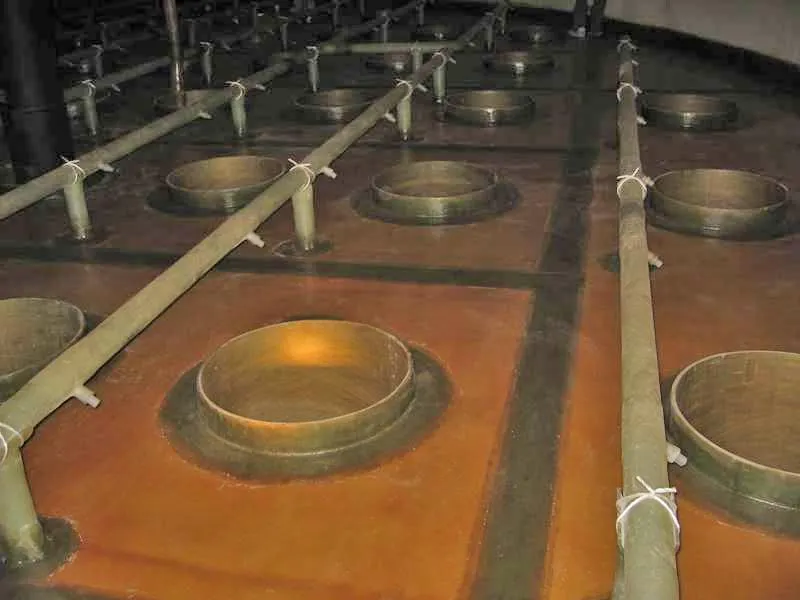
-
 Afrikaans
Afrikaans -
 Albanian
Albanian -
 Amharic
Amharic -
 Arabic
Arabic -
 Armenian
Armenian -
 Azerbaijani
Azerbaijani -
 Basque
Basque -
 Belarusian
Belarusian -
 Bengali
Bengali -
 Bosnian
Bosnian -
 Bulgarian
Bulgarian -
 Catalan
Catalan -
 Cebuano
Cebuano -
 China
China -
 China (Taiwan)
China (Taiwan) -
 Corsican
Corsican -
 Croatian
Croatian -
 Czech
Czech -
 Danish
Danish -
 Dutch
Dutch -
 English
English -
 Esperanto
Esperanto -
 Estonian
Estonian -
 Finnish
Finnish -
 French
French -
 Frisian
Frisian -
 Galician
Galician -
 Georgian
Georgian -
 German
German -
 Greek
Greek -
 Gujarati
Gujarati -
 Haitian Creole
Haitian Creole -
 hausa
hausa -
 hawaiian
hawaiian -
 Hebrew
Hebrew -
 Hindi
Hindi -
 Miao
Miao -
 Hungarian
Hungarian -
 Icelandic
Icelandic -
 igbo
igbo -
 Indonesian
Indonesian -
 irish
irish -
 Italian
Italian -
 Japanese
Japanese -
 Javanese
Javanese -
 Kannada
Kannada -
 kazakh
kazakh -
 Khmer
Khmer -
 Rwandese
Rwandese -
 Korean
Korean -
 Kurdish
Kurdish -
 Kyrgyz
Kyrgyz -
 Lao
Lao -
 Latin
Latin -
 Latvian
Latvian -
 Lithuanian
Lithuanian -
 Luxembourgish
Luxembourgish -
 Macedonian
Macedonian -
 Malgashi
Malgashi -
 Malay
Malay -
 Malayalam
Malayalam -
 Maltese
Maltese -
 Maori
Maori -
 Marathi
Marathi -
 Mongolian
Mongolian -
 Myanmar
Myanmar -
 Nepali
Nepali -
 Norwegian
Norwegian -
 Norwegian
Norwegian -
 Occitan
Occitan -
 Pashto
Pashto -
 Persian
Persian -
 Polish
Polish -
 Portuguese
Portuguese -
 Punjabi
Punjabi -
 Romanian
Romanian -
 Russian
Russian -
 Samoan
Samoan -
 Scottish Gaelic
Scottish Gaelic -
 Serbian
Serbian -
 Sesotho
Sesotho -
 Shona
Shona -
 Sindhi
Sindhi -
 Sinhala
Sinhala -
 Slovak
Slovak -
 Slovenian
Slovenian -
 Somali
Somali -
 Spanish
Spanish -
 Sundanese
Sundanese -
 Swahili
Swahili -
 Swedish
Swedish -
 Tagalog
Tagalog -
 Tajik
Tajik -
 Tamil
Tamil -
 Tatar
Tatar -
 Telugu
Telugu -
 Thai
Thai -
 Turkish
Turkish -
 Turkmen
Turkmen -
 Ukrainian
Ukrainian -
 Urdu
Urdu -
 Uighur
Uighur -
 Uzbek
Uzbek -
 Vietnamese
Vietnamese -
 Welsh
Welsh -
 Bantu
Bantu -
 Yiddish
Yiddish -
 Yoruba
Yoruba -
 Zulu
Zulu
High-Performance Drilling with Advanced PDC Anchor Drill Bits for Enhanced Efficiency
Efficient PDC Anchor Drill Bits for High-Performance Drilling
In the realm of drilling technology, the efficiency and effectiveness of tools play a pivotal role in determining the success of operations across various industries, including oil and gas, mining, and construction. Among the various drilling tools available, Polycrystalline Diamond Compact (PDC) bits have emerged as the preferred option for high-performance drilling. Especially in applications where anchor drilling is concerned, efficient PDC anchor drill bits are redefining how energy and resources are expended, ultimately leading to more cost-effective and sustainable practices.
Understanding PDC Technology
PDC bits are engineered with synthetic diamond materials bonded together in a compact structure. This advanced technology provides an edge over traditional drilling bits, which are often made from tungsten carbide or steel. The hardness and durability of diamond, combined with its ability to retain cutting efficiency over extended periods, make PDC bits ideal for challenging drilling environments.
One of the key characteristics of PDC bits is their low friction coefficient, which allows for deeper penetration rates without excessive wear and tear. This attribute is particularly beneficial in anchor drilling, where the goal is to secure structures like oil rigs and communication towers into deep geological formations. The ability to maintain consistent performance under high-pressure and high-temperature conditions is crucial for the longevity of drilling operations.
Applications of PDC Anchor Drill Bits
PDC anchor drill bits are primarily utilized in projects requiring deep foundation drilling, where the stability of the structure is paramount. In the oil and gas industry, these bits are used to create wellbores that can withstand significant environmental stresses, while in construction, they play a vital role in setting anchors for buildings and bridges.
The versatility of PDC anchor drill bits allows them to perform effectively in various types of rock formations, including soft sedimentary layers and hard igneous fields
. This adaptability not only enhances the bit’s performance but also minimizes the need for multiple types of drilling tools, which can contribute to logistical and financial efficiencies.efficient pdc anchor drill bits for high-performance drilling ...

Benefits of Using Efficient PDC Anchor Drill Bits
1. Improved Drilling Efficiency The inherent design of PDC bits leads to faster penetration rates, which can significantly reduce the time spent on drilling projects. Reduced drilling time leads directly to lower operational costs.
2. Cost-Effectiveness While the initial investment in PDC anchor drill bits may be higher than traditional bits, the overall cost savings realized through their longevity and reduced wear rates often outweigh the initial expenditure. Companies can achieve better returns on their investment over time.
3. Enhanced Stability and Reliability The robustness of PDC bits ensures that they maintain their cutting efficiency throughout their lifecycle. This reliability is essential for maintaining project schedules and meeting deadlines.
4. Minimal Maintenance PDC drill bits require less frequent replacements than their conventional counterparts, which translates into less downtime and fewer interruptions in drilling operations.
5. Environmental Considerations As industries increasingly focus on sustainability, the efficiency of PDC anchor drill bits plays into a more responsible approach to drilling. By reducing the number of drill bits used and minimizing waste, these technologies align with environmental goals.
Conclusion
The development and integration of efficient PDC anchor drill bits into drilling operations represent a significant leap forward for various industries. Their advanced design, coupled with their durability and performance, makes them an essential tool for achieving high-performance drilling. As technology continues to evolve, the extensive benefits provided by PDC bits will likely drive further innovations, resulting in even more efficient and sustainable drilling practices. By embracing such advancements, companies can position themselves for success in an increasingly competitive market.









